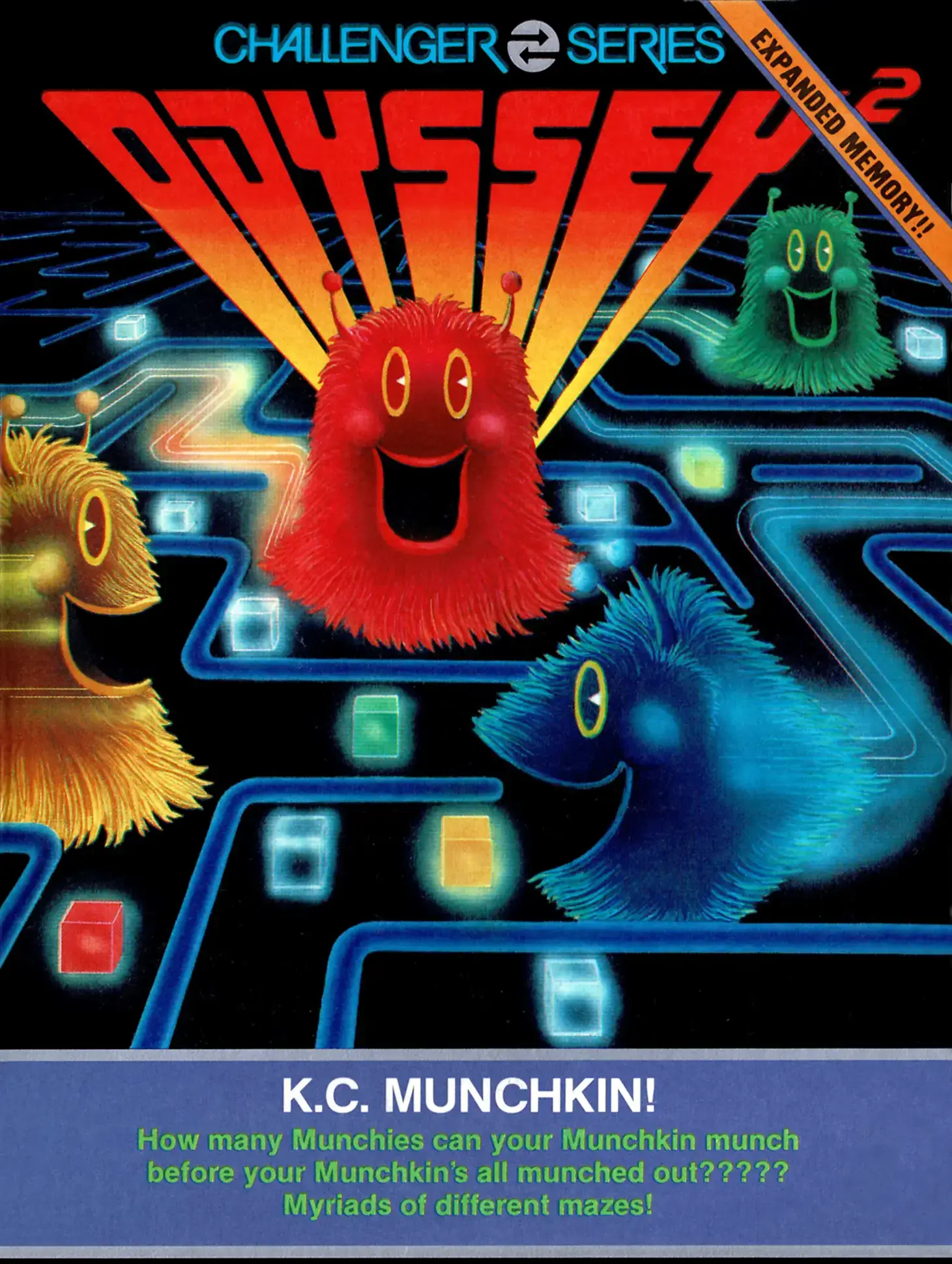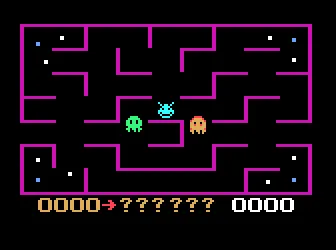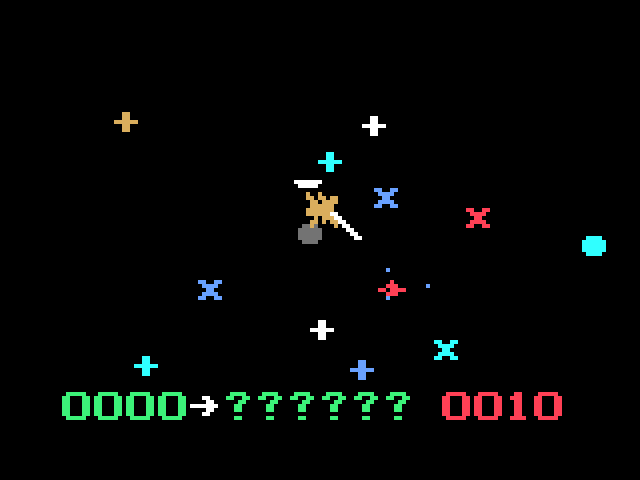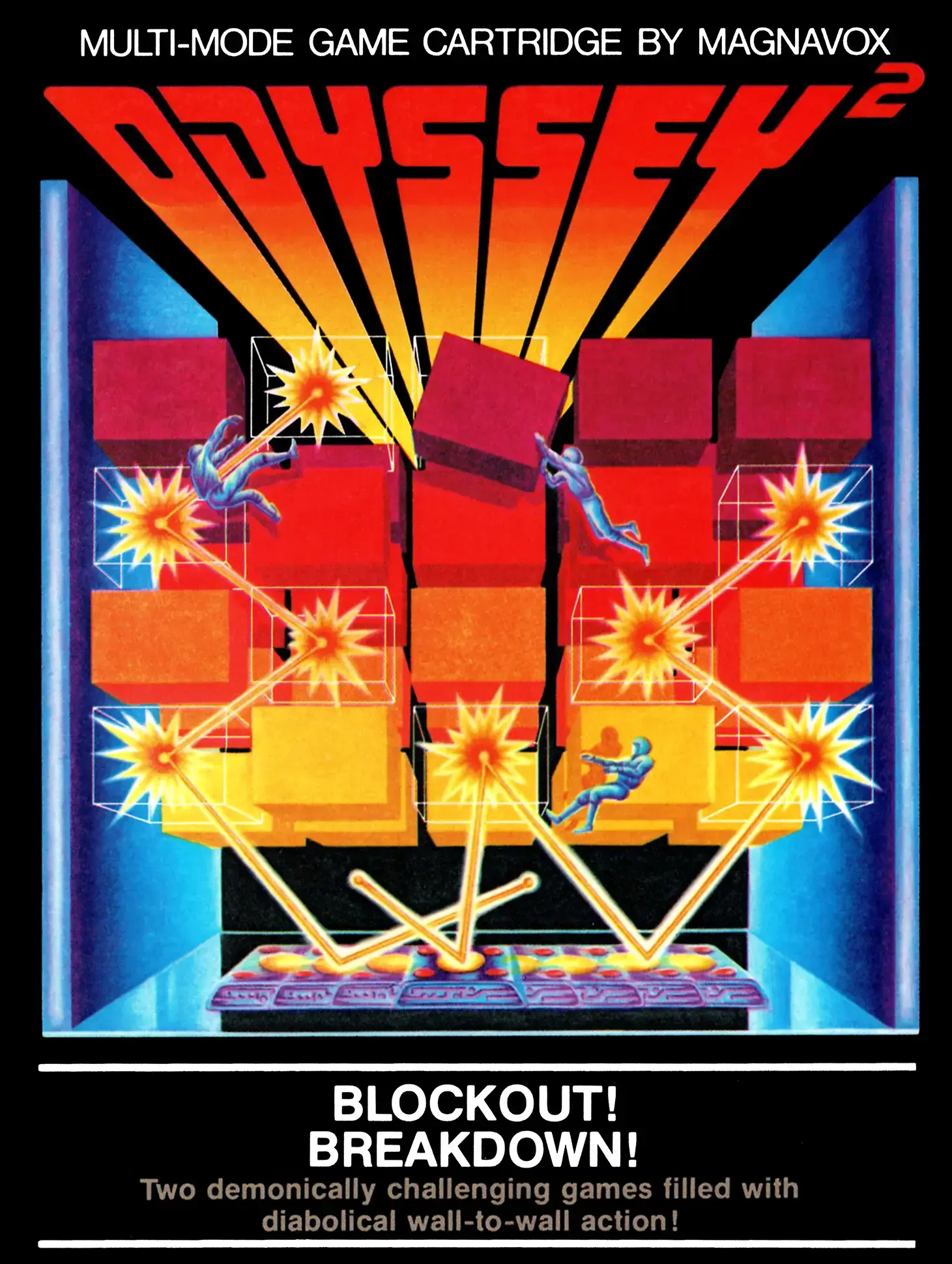Okay, the video game crash is coming, sales are low, and this console can't compete with Intellivision, Colecovision, or SG1000, let alone the gorilla that is Atari. Sure, we can cram more memory into the cartridge, but the Videopac hardware doesn't allow for more expansion than that.

What if we raised the production-value of the packaging itself?
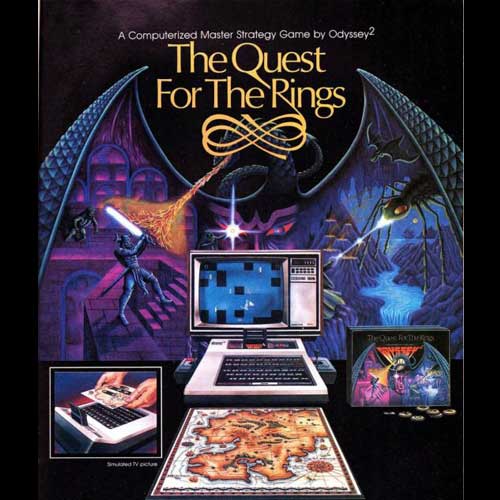
The Videopac "Master Strategy" line was an attempt to fuse high-end board games with the television game. What if you put pieces on a board and moved them around, then communicated with the console using that keyboard we said was so important? Instead of rolling dice or flipping cards, we could resolve tactical challenges using the 8-bit video game!

Kudos to Philips here: the production value of these games is amazing. The boxes are sturdy, with a hinged cover and plastic inlays. The manuals are full-color glossy paper with painted artwork and embossed-gold covers. Playing pieces were high-end plastic, magnetic backings, or even die-cast metal. And there was a custom overlay for the membrane keyboard. Classy.

And, as usual, the worst part about the game is the game.
"Quest for the Rings" includes a fantasy map with locations to search. In theory, each location is supposed to have unique environments (deadly walls, invisible walls, shifting walls) and/or monsters (either one big dragon or four tiny monsters, all invincible). A unique character-class feature is undermined by the uselessness of two choices. (The chameleon can turn invisible but then you can't see yourself so good luck avoiding danger. The phantom can walk through walls at half speed; that would be pretty weak given that there's always a path to the goal, but while you do this, you provoke aggro, and environmental hazards like fire still kill you!) The only thing you do in each location is move down and touch the goal object. The game is too basic for experienced players, it's too confusing for little kids, and too expensive for everyone.

"Conquest for the World" asks, "What if you fought Risk's battles in Atari's Combat?" There's a world map and you want to gain territory, which gets you more army points. When you and a foe contest a territory, you each enter your troop strengths as your hit points and then fight it out. This one has the strongest game-play of the whole series. Each player can field an airplane, submarine, or tank, with unique strengths and weaknesses, over a unique playfield. Also the game can handle multiple players. The biggest problem is the strategy part, which requires a fair amount of overhead and math. Most gamer nerds would have prefered the crunchiness of Panzer General.

And now, the obligatory stock simulation, "Wall Street Fortune Hunt". This is the first stock-trader game for a second-generation console, so that's nice. The production design is clearly on display, too. The Videopac's hardware was tailor-made to simulate 1970s day-trading, with its slow chyron feeds and pure colors. Then again, is this a game or a job? Seasoned gamers would be able to play a board game faster and quicker.
If the Master Strategy games had dipped into an existing board game market, or if they had hired actual designers, then maybe this concept could have had legs. "Quest for the Rings" would have benefited from the arena-style play of "Conquest"; the game could have been made much better with a choose-your-own-adventure journal in the style of Lone Wolf, with an exciting story to read. If only they could have hired Ozark Software and made a game more similar to MULE, with a physical board for the colony and the Videopac playing out the mini-games. Today, many boxed games have cell-phone apps to assist gameplay, and some even require them, so this concept of mixed-media computer-gaming had some legs.
The Master Strategy remain as a legacy of that wildcatting era of console games, where there were no rules and no one was sure what to do. Another baffling and fascinating legacy from Philips.


